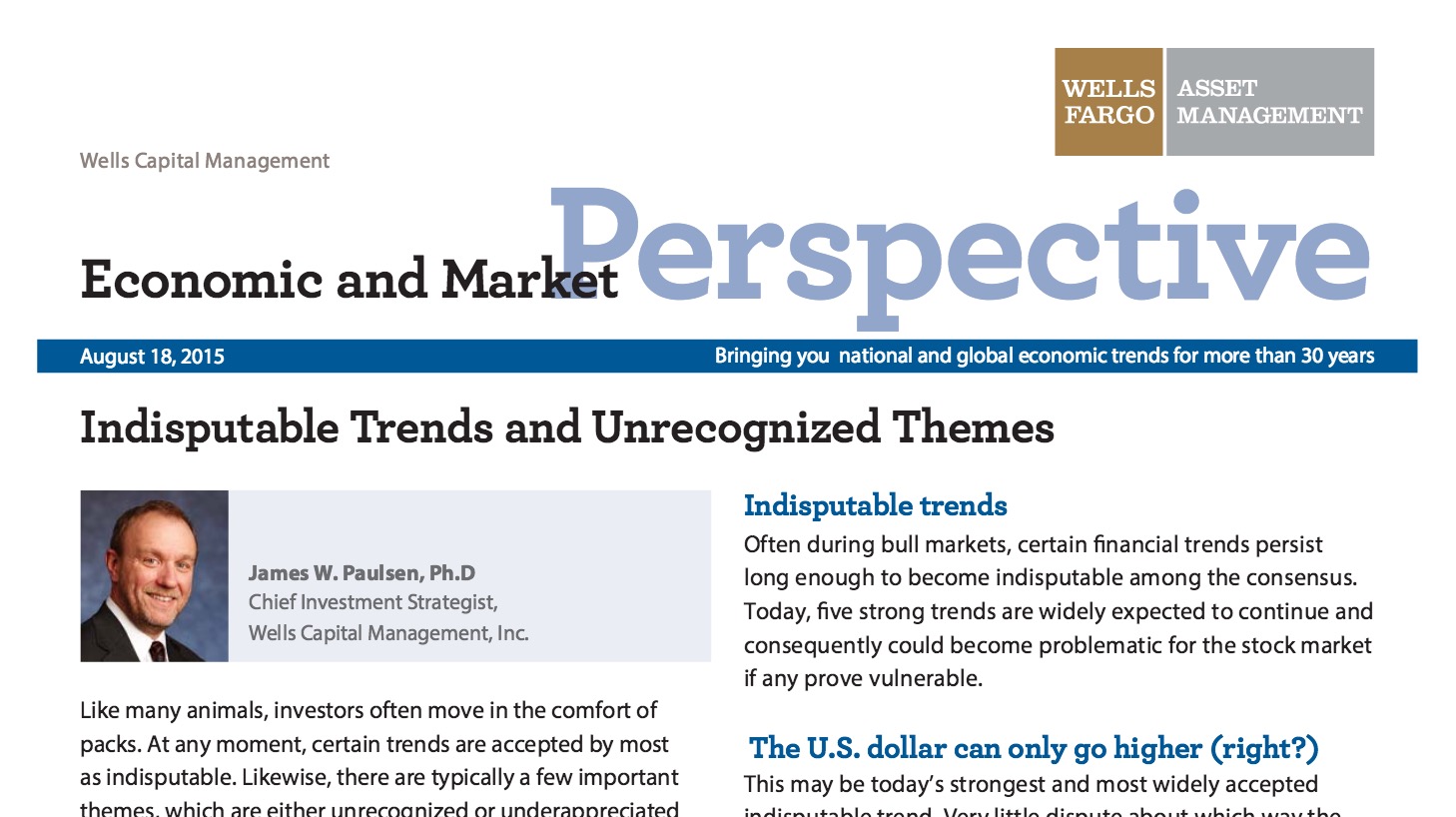Raging (Bond) Bull
by Guy Haselmann, Director, Capital Markets Strategy, Scotiabank GBM
Beating the Long Bond Drum
• Buy long-dated Treasuries. In February 2014, I predicted the 30-year Treasury yield would drop below 3%. Later in the year I predicted it would “drop below 2.5%, possibly even trading below 2.0%” (“a one-handle”). I have been writing recently that I believe that the 30-year Treasury will take another run at sub-2.5% (and possibly sub-2.0%).
• Is it possible that global indebtedness has reached its practical limit? New issuance concessions are growing. The three decade era of credit expansion might be coming to an end. Vast quantities of accumulated indebtedness means future economic growth will face a formidable headwind. With interest rates at zero and balances sheets bloated, central banks’ desire to pursue ‘growth-at-any-cost’ may no longer be possible.
• Excessive monetary accommodation over the past seven years was the primary tool used to deal with the excessive debt levels which characterized the 2008 crisis. The idea was to expand aggregate demand (GDP) such that revenues would grow enough to pay down the debt. Unfortunately, the amount of economic growth expected to be generated from easy policies fell short of expectations.
• The convenient excuse for the large shortfall in economic growth calculations is to say that the crisis was deeper and longer-lasting than anyone anticipated. An equally plausible explanation mentioned by FOMC members is that the consequences of the experimental measures of pushing interest rates down to zero and buying $4 trillion of assets are poorly understood.
• Here we are today with the large debt levels that characterized the 2008 crisis having not decreased (actually, aggregate indebtedness is far larger). Unfortunately, policy officials today have fewer and less effective tools to deploy if necessary, which means greater ‘left-tail’ skew for ‘risk assets’.
• Some argue that things would have been worse without the Fed’s bold policy maneuvers. This may be true, but such a comment is too counter-factual to have much substance. As I have argued before, the long-run costs could easily be much greater than today’s benefits. This possibility will constitute a key discussion point at the September FOMC meeting as they debate hiking rates for the first time in nine years. Little information can be gleaned from today’s Minutes about what it intends to do four weeks from now.
• The search for yield has allowed many ‘junk’ firms (even insolvent firms) to refinance debt, thus putting off default (at least temporarily). Greater levels of debt will need to be refinanced in future years, hence, defaults are likely to rise. (Hence, investors should make a distinction between credit risk and Treasury risk.)
• When insolvent firms were propped up through the ability to refinance, some competitor companies chose to defer capital investment. Propping up insolvent businesses has negative implications for the broader economy. It destroys jobs in the long run. It is through creative destruction that new and better companies emerge and sparks hiring into better quality employment.
• The future would look considerably rosier if the accumulated debt were being invested in the future, i.e., infrastructure, research and development, fixed capital investment, or education and training. It is impossible for any economy to sustain credit-based consumption and debt-fueled speculation. On numerous occasions, I have outlined this dangerous ‘use-of-funds’ dynamic. It is the heart of what I have labeled in prior notes as the Fed’s “Time Inconsistency” challenge.
• Market pundits robotically suggest that the Fed should not raise rates because inflation is too low. Well, if zero rates and $4 trillion in asset purchases did not boost inflation, do they really believe that another few months at zero rates will do the trick? Some Fed researchers are actually asking whether policies have become counter-productive to their dual mandates. (Please see link to St Louis Fed research paper: https://research.stlouisfed.org/wp/2015/2015-015.pdf).
• The path to rate normalization will not come without pain. On the contrary, there will be a difficult period, potentially even a damaging recession. Fed doves will likely feel vindicated. However, while a period of hardship is likely inevitable, purging both bad businesses and market speculation is vital for long-run economic health and will allow more productive businesses to evolve over time.
• Fed policy aggression was partly due to the fact that they were “the only game in town”. Should a mini-crisis unfold during monetary policy normalization, the political polarization (potentially enabled by Fed policy) could temporarily end. After all, things only seem to get done by legislators in response to a crisis. As reported daily in the news, ‘Americans are fed-up with our do-nothing elected officials in Washington’. This is the reason many cite for the prodigious support of the Washington-outsider candidates, far-left Sanders and far-right Trump.
“Hard work pays off in the future. Laziness pays off now.” – Steven Wright
Regards,
Guy
Guy Haselmann | Capital Markets Strategy
▬▬▬▬▬▬▬▬▬▬▬▬▬▬▬▬▬▬▬▬▬▬▬▬▬▬▬
Scotiabank | Global Banking and Markets
250 Vesey Street | New York, NY 10281
T-212.225.6686 | C-917-325-5816
guy.haselmann@scotiabank.com
Scotiabank is a business name used by The Bank of Nova Scotia
Global Macro Commentary August 19 - Raging (Bond) Bull














